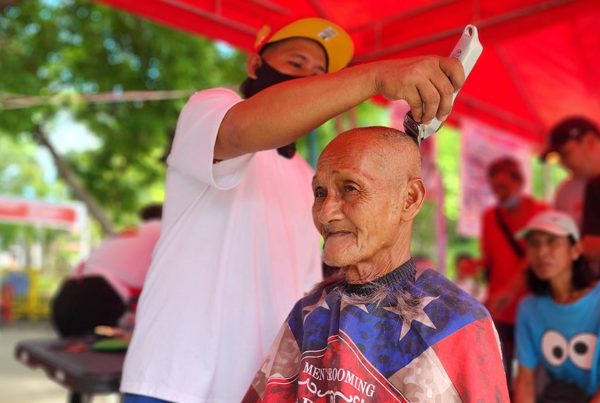Two aquaculturists honored in ‘Giant Steps’
TWO outstanding Filipino aquaculturists, a scientist and a businessman, were feted last week, Nov. 28 by the Society of Aquaculture Engineers of the Philippines, Inc. (SAEP) and Philippine Aquaculture Society, Inc. (PAS) for their contributions and “devoted service for the advancement of aquaculture in the country.”
Honored in Dagupan City were Dr. Rafael Guerrero, promoter of all-male tilapia culture in the Philippines and Maximo Abesamis, pioneer in commercial scale in milkfish farming in sea cages.
Dr. Westly Rosario, NIFTDC chief and PAS and SAEP president, said Guerrero and Abesamis were honored because of their outstanding contributions and works in the aquaculture which they shared to fish farmers all over the country that enabled them to improve their harvests, incomes and their lives.
Guerrero began his initial studies on tilapia sex reversal process in early 1970s and continued his work at the Central Luzon State University. He did so after he observed that one of the most prominent problems in tilapia culture is overpopulation.
In the 1980s, Guerrero, a Ten Outstanding Young Men (TOYM) awardee for Aquaculture and Fisheries conferred by the Philippine Jaycees and a Ten Outstanding Young Scientists (TOYS) awardee in 1980 by the National Science and Development Board, formed a research and development company for the commercial production of tilapia sex reversal feed for easy application of the technology by fish farmers. His findings led, fish farmers to experience higher yields of fast growing large-sized, all-male tilapia.
He was also an IBM Science and Technology awardee and a Rizal Pro Patria awardee.
Meanwhile, Abesamis of Lingayen, was the first in the Philippines to introduce the modular system in fishpond (milkfish culture), the first to introduce the use of fertilizers in propagating zooplankton and phytoplankton or the so-called lablab for milkfish nutrition.
Abesamis also introduced the use of chemicals like Gusathion and Brestan to control snails and other microorganisms that are harmful to the industry. His system was proven to be efficient that up to now, almost all fishpond operators are using the same method.
In 1992, Abesamis was the first to introduce fish pen for bangus production. In 1995, he introduced the use of fish cages to producing bangus in the open sea.
His pioneering efforts, Abesamis was cited by the Association of Fish Producers in the Philippines for his “invaluable contribution in fish production and steering the fisheries industry towards sustainable growth and development.”
The awarding was highlighted by the awardees’ foot printing for “Giant Steps Towards Dynamic Philippine Aquaculture” in front of the AFA building inside the Bureau of Fisheries and Aquatic Resources Center.
Guerrero and Abesamis now join six previous awardees for Giant Steps.
Giant Steps awards started three years ago. (Eva Visperas/Leonardo Micua)
Share your Comments or Reactions
Powered by Facebook Comments







